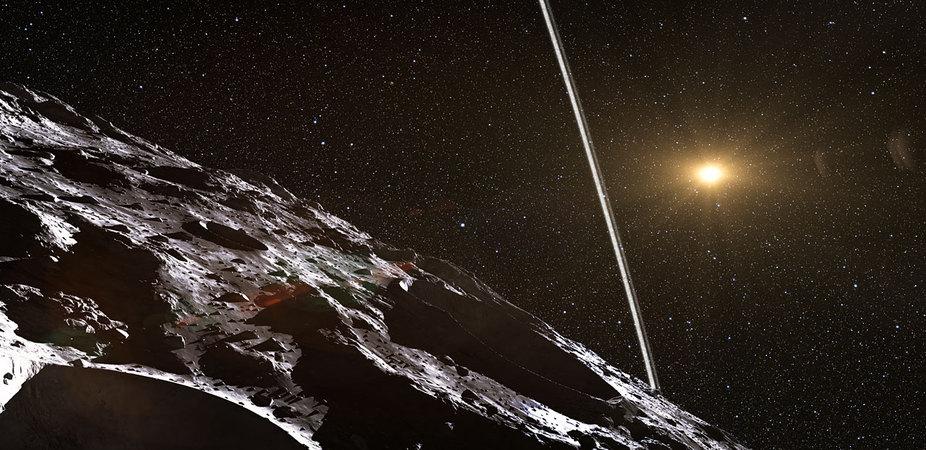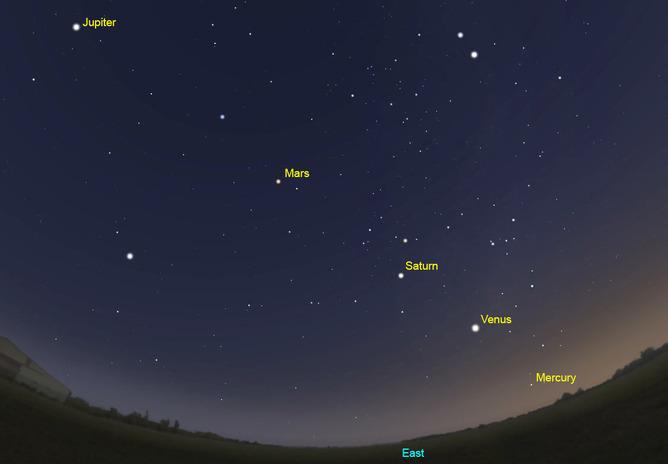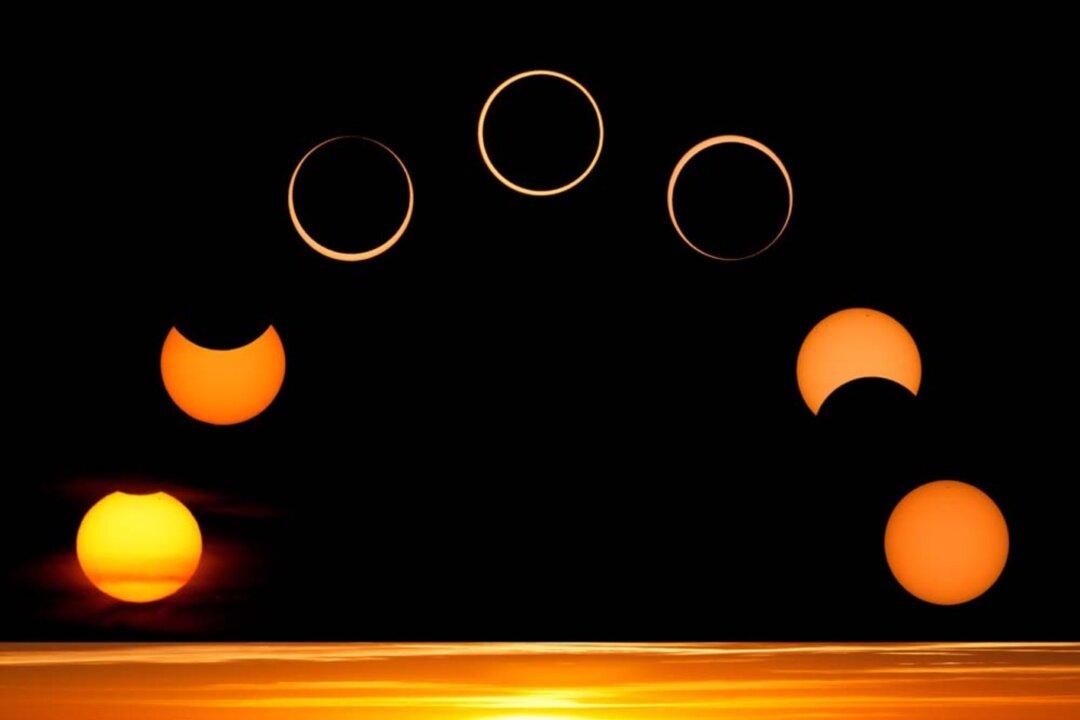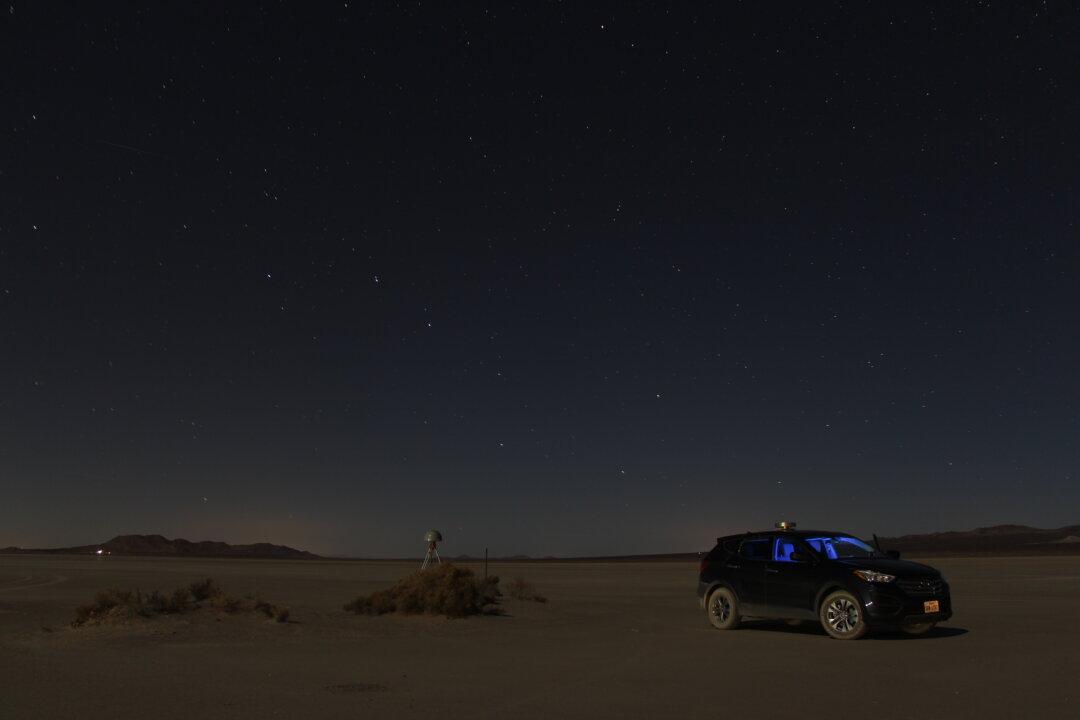In a surprise discovery two rings have been found around the remote asteroid Chariklo, which lies more than a billion kilometres from Earth.
This is the first time rings have been discovered around an asteroid and makes it only the fifth object in our solar system to have rings – after Jupiter, Saturn, Uranus and Neptune.
Not only were the rings detected but amazing detail is now known about them, with the results published in the journal Nature (March 26).
Not really looking for rings
The discovery was made by a team of researchers using a plethora of instruments and telescopes, including a new high-resolution camera on the Danish telescope at European Southern Observatory’s La Silla Observatory in Chile.
The camera is actually designed to help in the search for exoplanets – planets that orbit other stars.
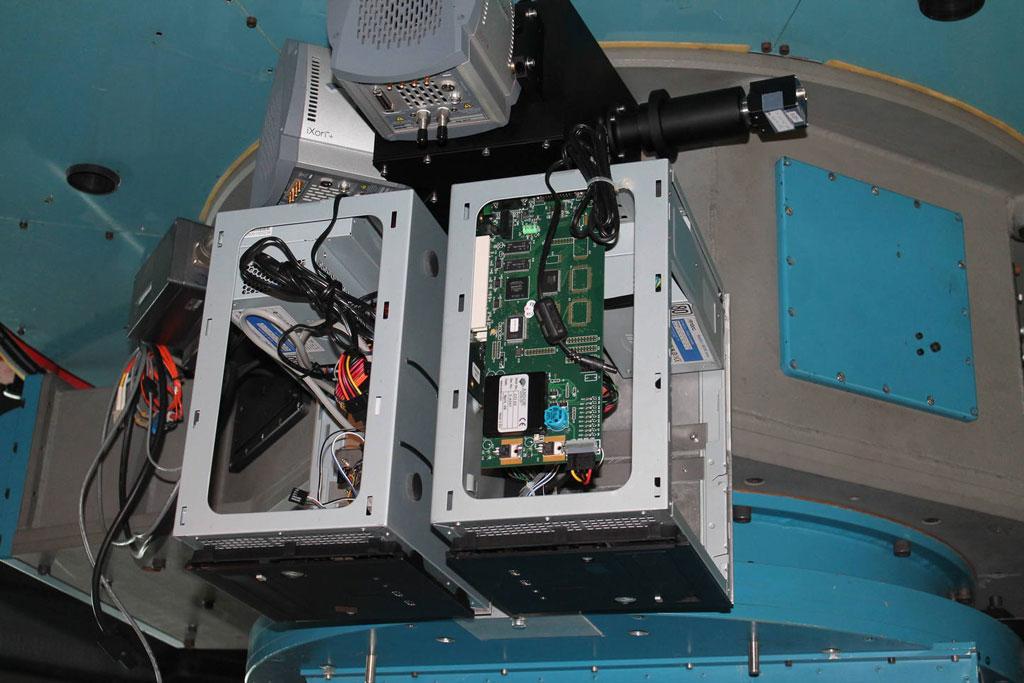
The special camera was designed to observe exoplanets in other star systems but has also shown its usefulness for observing objects in our own solar system. (Jesper Skottfelt, Niels Bohr Institute)
Chariklo is 250 kilometres across and is the largest of the Centaurs, objects that have unstable orbits between Jupiter and Neptune.
There are about 250 Centaurs currently known about and, just like the mythical Centaurs that are half-man, half-horse, these objects share a mix of characteristics from both icy comets and rocky asteroids.
From Earth, Chariklo appears as a mere dot, even when it is viewed with powerful telescopes.
But when an asteroid passes in front of a star, the star’s light is blocked. Such events are known as occultations and happen remarkably often. Several asteroid occultations will be visible from different parts of Australia tonight.
Astronomers can use multiple telescopes scattered across hundreds of kilometres to map the size and shape of an asteroid during an occultation.
A coordinated effort
Last June Chariklo was to pass in front of an obscure star (UCAC4 248-108672). But the occultation could only be seen from South America so an observing campaign was coordinated across seven observatories including two telescopes operated by the European Southern Observatory in Chile.
Usually the star just fades for a few seconds as the asteroid passes by. Astronomers were expecting the star to fade for about five seconds while Chariklo blocked its light.
But surprisingly, a few seconds before and after the asteroid moved by, there was additional dimming of the starlight. Rings surrounding Chariklo were blocking star light too.
As well as the expected (larger) drop in brightness when the asteroid blocked the light of the star two smaller dips were seen, before and afterwards, caused by the presence of a double ring. (ESO/Felipe Braga Ribas/M. Kornmesser)
Previously, only the gas giant planets in our Solar System – Jupiter, Saturn, Uranus and Neptune – were known to have ring systems.
The terrestrial planets – Mercury, Venus, Earth and Mars – clearly don’t have rings and careful searches around smaller objects in the Solar System had been unsuccessful. It was beginning to seem that rings might only exist around large objects, until now.
Why the rings?
The rings of Chariklo are dense but narrow, just three and seven kilometres wide, and are separated by a clear gap of nine kilometres.
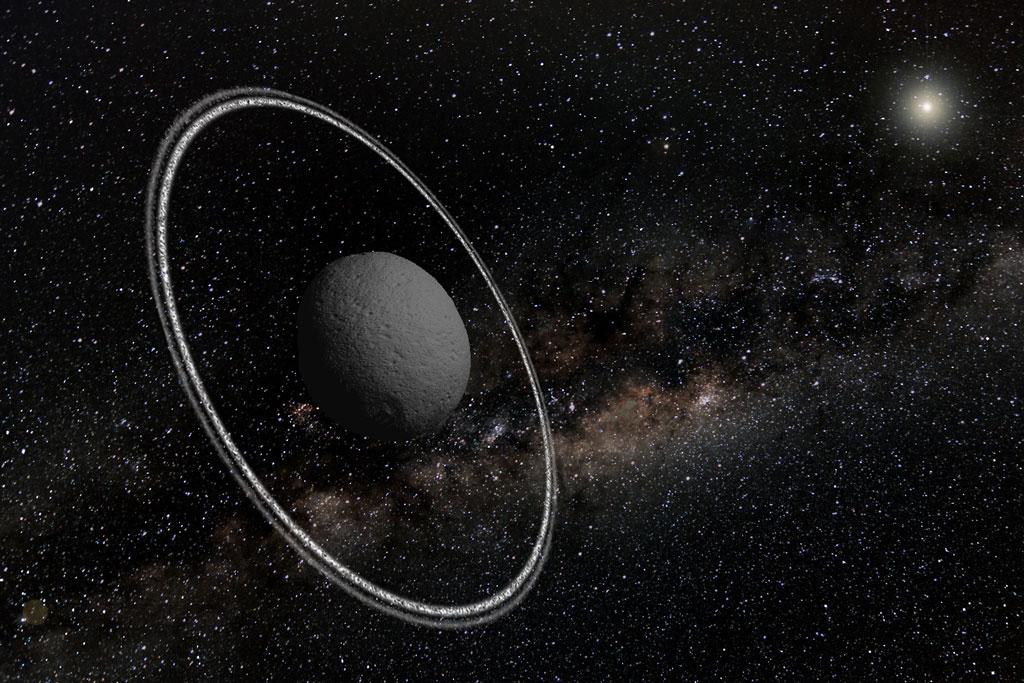
An artist’s impression of Chariklo with two rings of ice particles and pebbles. (Lucie Maquet)
If you were standing on the frigid surface of Chariklo, the rings would appear as wide as our Full Moon and stretch from horizon to horizon.
Astronomers still have much to learn about ring systems – both for Chariklo and the gas giant planets.
It’s highly likely that the gap between Chariklo’s rings is caused by one or more small moons. Known as shepherd moons, they have been found to keep the rings of the gas giants tightly confined.
The rings themselves are most likely the result of a collision and there’s a possibility that the tiny pieces might eventually join together to form a new small moon.
Such a scenario, but on a much grander scale, is thought to have formed Earth’s moon.
How many more ring systems?
There’s a saying in astronomy – find one and its unique, find a second and they’re everywhere.
There are hundreds of thousands of small objects in the Solar System, collectively known as small Solar System bodies. They include all objects orbiting the Sun that are not massive enough to be called a planet or dwarf planet.
Most Centaurs are small Solar System bodies, as are most of the asteroids within the Asteroid Belt, the near-Earth objects (NEOs), the Trojan asteroids that orbit with Mars and Jupiter, the Trans-Neptunian Objects (TNOs) and the comets.
With all of those objects to choose from, it’s quite likely there are more small objects in our Solar System with ring systems. The challenge now is to find them.
Michael J. I. Brown receives research funding from the Australian Research Council and Monash University.
Tanya Hill does not work for, consult to, own shares in or receive funding from any company or organisation that would benefit from this article, and has no relevant affiliations.
This article was originally published on The Conversation. Read the original article.
